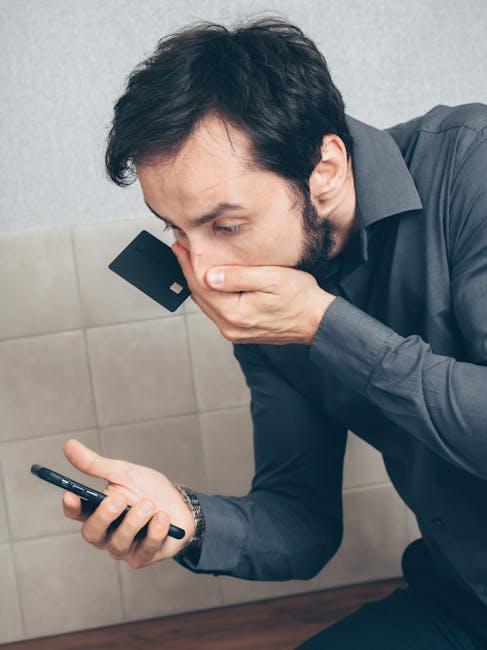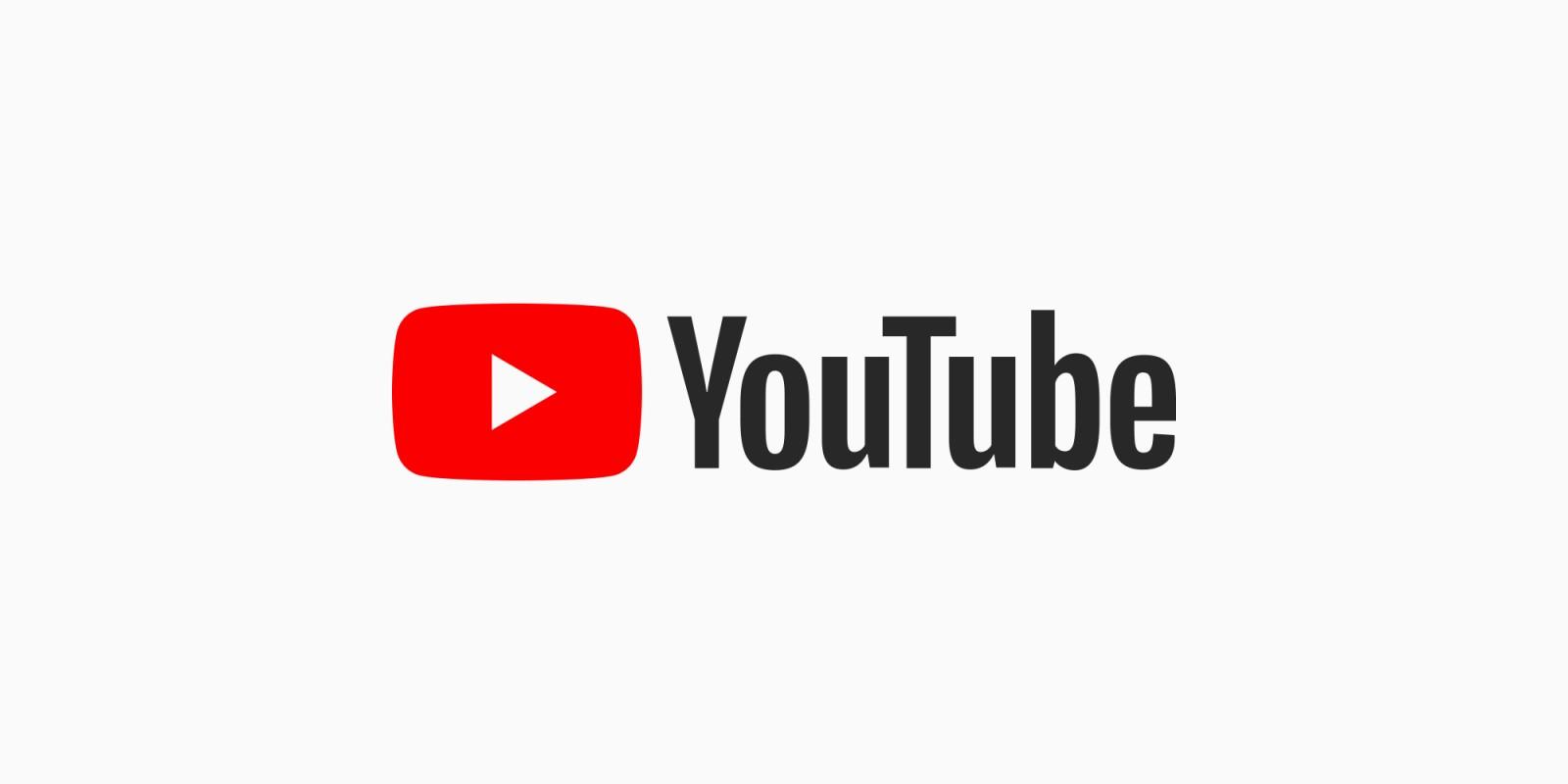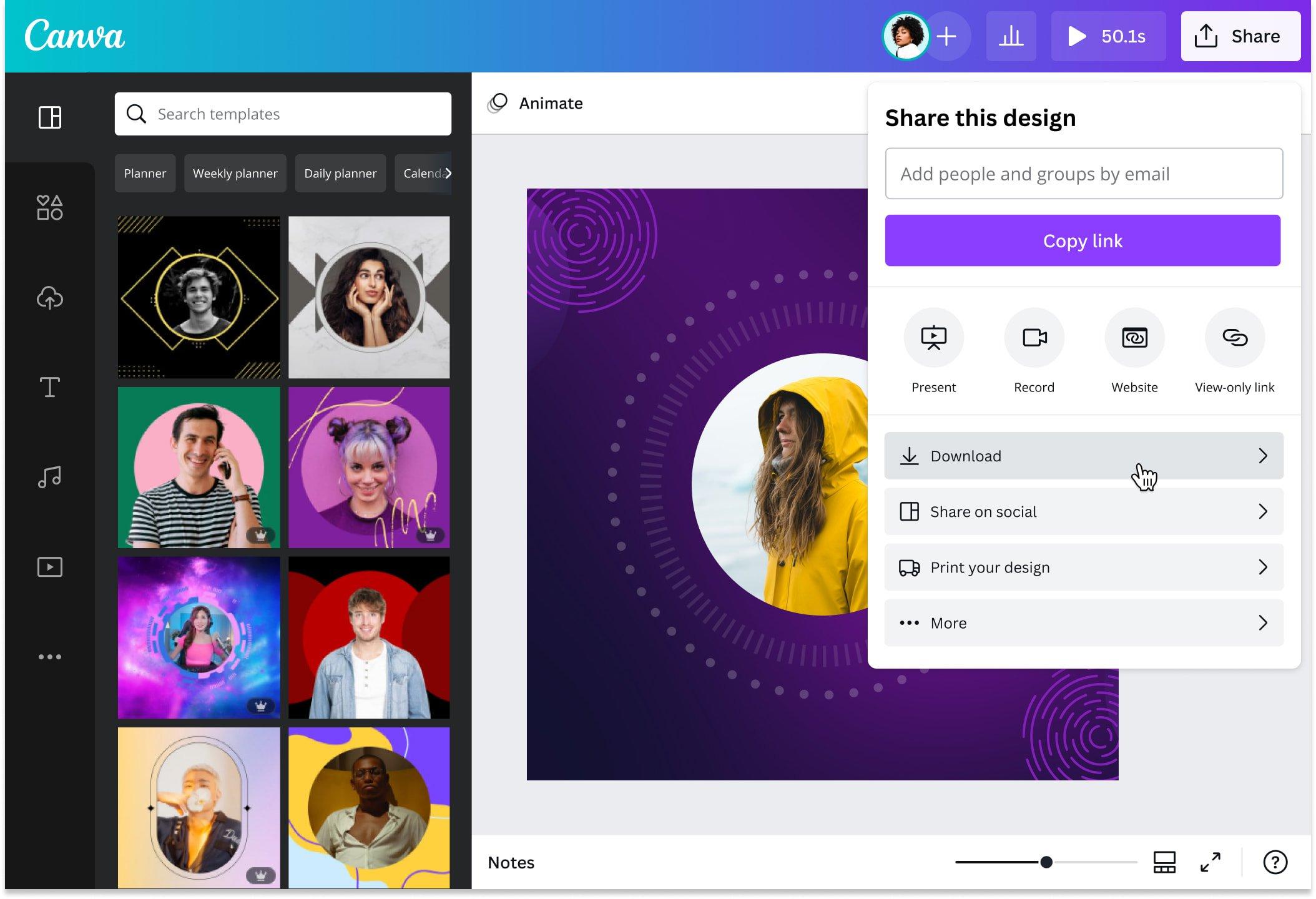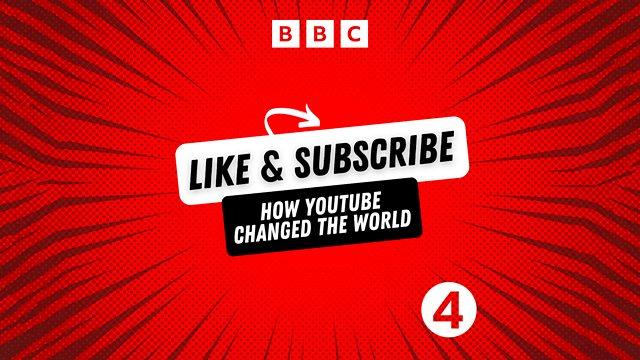Major Warning for YouTubers!
Hey there, fellow content creators! 💻🎥 We’ve all been there—scrolling through our inbox, excitedly checking notifications, only to stumble upon an email that looks like it’s come straight from YouTube itself. Sounds familiar, right? Well, buckle up because this isn’t just any ordinary cautionary tale; it’s a wake-up call for anyone navigating the wild world of YouTube. Imagine having a channel with half a million subscribers—your digital baby—only to find it dangling over the edge of a cyber cliff thanks to a sneaky scam.
In this article, we’re diving into the nitty-gritty of a scam that almost derailed a successful YouTuber’s channel and, trust me, you won’t want to miss it. From suspicious emails that smell like trouble to clever tricks designed to catch creators off guard, we’re breaking down how these scams work, what red flags to watch out for, and how to keep your channel safe. So, how do you arm yourself against these risky pitfalls? Grab a snack, settle in, and let’s get to the bottom of this before it’s too late!
Spotting the Red Flags in YouTube Scams
It’s alarming how sophisticated these YouTube scams can be! Picture this: you receive an email that looks like it’s straight from YouTube, complete with an enticing link about monetization updates. Seems pretty convincing, right? But hold on—when you see that the supposed URL “youtube.com” is misprinted or comes with strange spelling changes, that’s your first clue something’s off. Scammers often play on creators’ curiosity and desire for growth, which is exactly why they’ll dangle that carrot of important updates. Think of it like a wolf in sheep’s clothing, just waiting to take advantage of your eagerness!
Now, let’s break down the sneaky tactics that scammers use. After clicking through, you might find a link to a private video that requests you to check the description. Inside, there’s a link masquerading as a legitimate policy page and a special code that leads you to a fake document sign page. Here’s where it gets really nasty: once you input that code, boom—you’re unknowingly downloading malware onto your device! This malicious software could potentially hijack your YouTube channel and wreak havoc on your personal data. So, it’s crucial to stay vigilant! Always verify the sender’s email address and think twice before clicking on any links or private videos. Your channel—and peace of mind—depends on it!

Understanding the Dangers of Phishing Emails
It’s alarming how scammers are getting more sophisticated, isn’t it? One of the latest tricks is an email that seems to come straight from YouTube, casting a wide net in hopes of reeling in unsuspecting creators. Imagine receiving an email that looks pretty legit—it’s got that familiar youtube.com domain and maybe even a tantalizing subject line about monetization updates. But hold on! If you take a closer look, you might notice little things that scream “scam.” The link in that email might redirect you to a misspelled “channel for creators,” and that’s your first clue. If it feels off, trust your gut!
Once you click through to what you believe is a private video, things get sketchy fast. The email will sometimes prompt you to check the description for a policy update, which includes a link. But that link often leads to a fake DocuSign page that’ll ask you to enter a special code. This is where your nightmare begins—it might download a malicious file that can compromise your entire channel and personal information. It’s essential to be ever-vigilant. Always double-check those emails, avoid clicking random links, and share this info with fellow YouTubers. You might just save someone from a serious setback.
Steps to Safeguard Your Channel from Threats
Protecting your channel starts with scrutiny. When you receive emails, especially from youtube.com, take a moment to look for red flags. If the message includes weird links to private videos from “Channel for Creators” (with a spelling error, no less), it’s time to raise your eyebrows! Always double-check links and ensure they lead to legitimate sources. This isn’t just about watching for fines; it’s about safeguarding your hard work. Remember, if it smells fishy, it probably is! Trust your instincts.
Next, stay informed and vigilant. Here are some quick tips to enhance your security:
- Enable Two-Factor Authentication: This adds an extra layer of protection to your account.
- Review Your Permissions: Regularly check who has access to your channel’s settings and data.
- Update Your Passwords: Use strong, unique passwords and change them frequently.
- Be Cautious with Links: Refrain from clicking on suspicious links, especially in emails.
By staying alert and taking these proactive measures, you can effectively safeguard your channel from these digital threats. Don’t let someone else’s mistake become your downfall!

Sharing Knowledge to Protect the YouTube Community
Recently, a popular YouTube channel with over half a million subscribers fell victim to a cunning scam that highlights the risks lurking in our digital playground. It all starts innocently enough with an email that seems to come from YouTube itself—complete with a link to a mysterious private video. But hold on! If you notice the spelling errors, especially in the sender’s email address, that’s your first hint that something isn’t quite right. The email dangles the promise of monetization updates, a carrot that any content creator can’t resist. But beware! Clicking on that link can put your entire channel at risk.
The real trouble begins when the email urges you to check the description for a policy link and a “special code.” Sounds harmless, right? Unfortunately, this leads you to a fake DocuSign page where you’re prompted to enter that code, triggering a download of malicious software that can compromise your entire account. So, what can you do? Always double-check those emails, don’t rush to click on random videos—even if they come dressed in a trusted platform’s attire. Remember, sharing this knowledge could potentially save someone’s channel from a nasty fate, so spread the word!

Closing Remarks
And there you have it, folks! A major wake-up call for all of you aspiring YouTubers and seasoned creators alike. It’s wild to think that an innocent-looking email or a private video link could potentially jeopardize your hard-earned channel. We’ve all been there, caught up in the excitement of the latest updates and monetization news — who wouldn’t want to stay in the loop? But as we learned, keeping your guard up is key.
So, to recap: always scrutinize those emails that come your way. If something feels off, trust your instincts. Remember that misspellings and suspicious links are classic signs of a scam lurking in the shadows. Just like you wouldn’t let a stranger into your home without checking their ID, don’t let just any email into your inbox unchallenged!
As we wrap up, let’s spread the word: share this knowledge, talk to your fellow creators, and let’s create a safer space on YouTube for everyone. Who knows? You might just save someone from losing their cherished channel. Thanks for tuning in, and stay savvy out there! Catch you in the next post—don’t forget to keep those digital doors locked!



